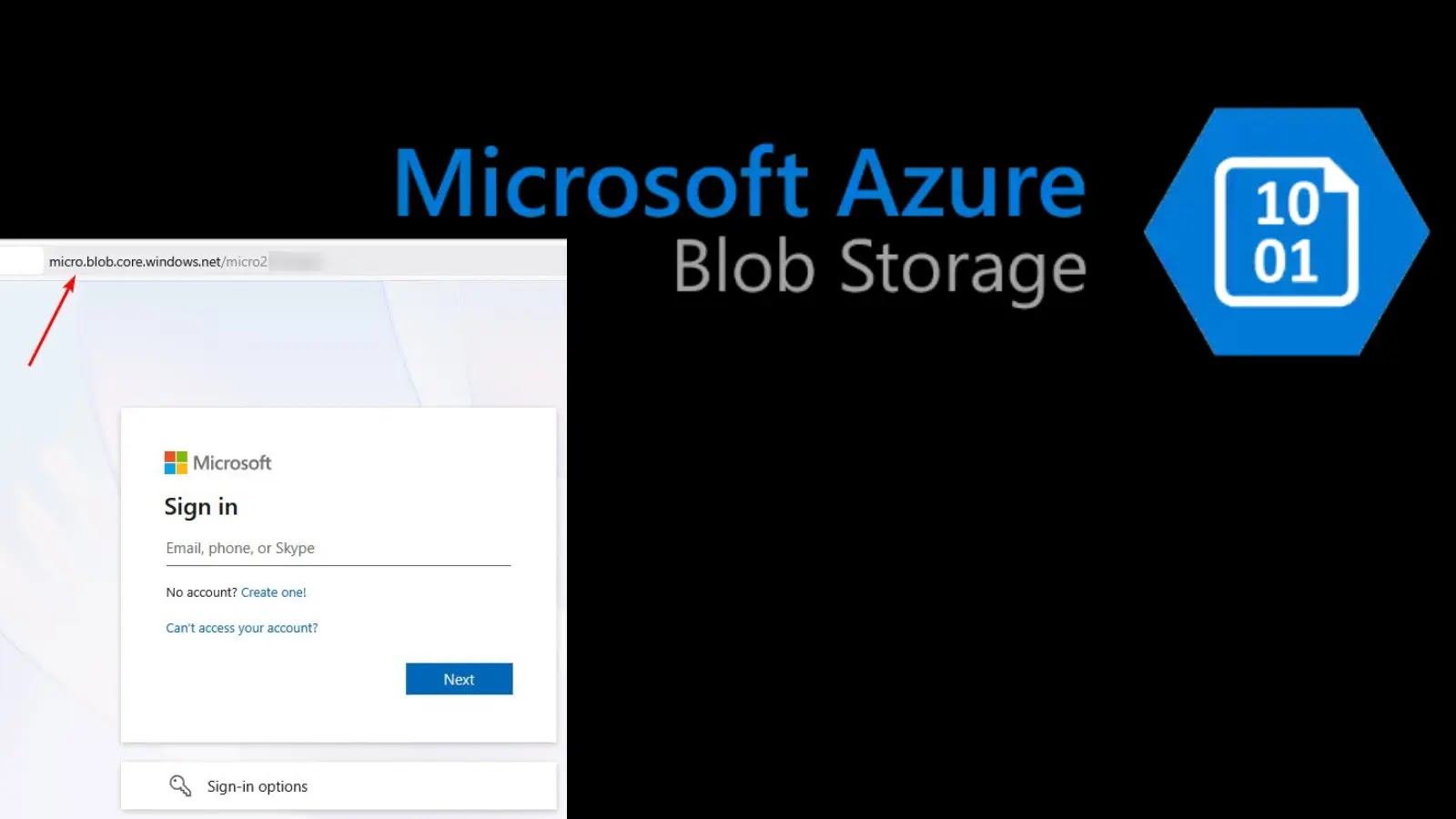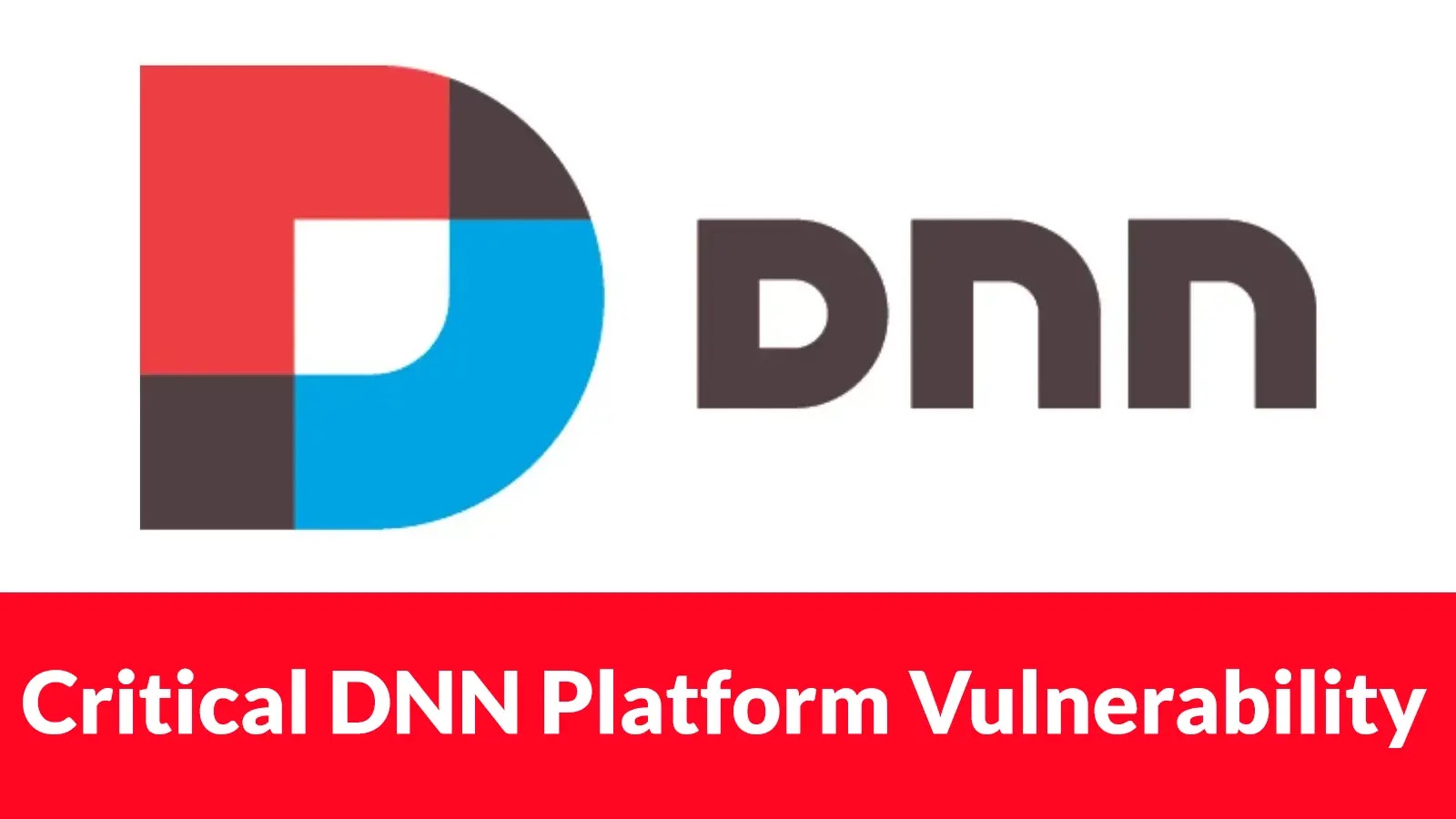Cybercriminals are increasingly exploiting Microsoft Azure Blob Storage to create deceptive phishing sites that closely resemble legitimate Office 365 login portals. This tactic poses a significant threat to Microsoft 365 users, as it facilitates the theft of sensitive credentials.
Understanding Azure Blob Storage Exploitation
Azure Blob Storage is a service designed for storing unstructured data such as images and documents. Its integration within Microsoft’s trusted infrastructure means that content hosted here often inherits a level of implicit trust from browsers and security tools. Cybercriminals are leveraging this trust by hosting malicious HTML files within Azure Blob Storage, making their phishing sites appear more credible.
Anatomy of the Phishing Attack
The attack typically initiates with a deceptive email, masquerading as a routine Microsoft Forms survey or a document sharing request. These emails contain links that appear legitimate, often starting with URLs like forms.office[.]com followed by unique identifiers.
Upon clicking the link, the victim is redirected to what seems like a standard PDF download prompt. However, this quickly transitions to a counterfeit Microsoft 365 login page. The URL of this page ends with windows.net, specifically utilizing subdomains under blob.core.windows.net. This indicates that the phishing form is hosted as an HTML file within Azure’s blob storage service.
Once the user enters their email and password, these credentials are captured and transmitted to servers controlled by the attackers. This unauthorized access can lead to the compromise of sensitive emails, files, and other organizational resources. In some cases, attackers may escalate their privileges to intercept authentication tokens or infiltrate the entire organization.
Historical Context and Evolution
This method of phishing is not entirely new. As early as 2018, similar tactics were observed where attackers used themed PDF attachments that pretended to be legal documents to lure victims. The current approach, however, demonstrates a more sophisticated level of social engineering, exploiting the inherent trust in Microsoft’s infrastructure to deceive users.
Mitigation Strategies
To defend against such threats, security experts recommend several measures:
1. Network Controls: Implement firewall or web proxy rules to block all traffic to .blob.core.windows.net endpoints. Simultaneously, whitelist only specific, trusted storage accounts (e.g.,
2. Multi-Factor Authentication (MFA): Enable MFA across all user accounts. This adds an additional layer of security, making it more challenging for attackers to gain unauthorized access even if they obtain user credentials.
3. Monitoring and Alerts: Utilize Microsoft Entra ID to monitor for anomalous login activities. Setting up alerts for unusual sign-in patterns can help in the early detection of potential breaches.
4. Custom Branding: Customize your Microsoft 365 tenant by displaying your organization’s logo, colors, and name on official sign-in pages. This branding helps users distinguish genuine portals from fraudulent ones. Without such customization, generic Microsoft login pages can be easily mimicked by attackers, leading to potential credential theft.
5. User Education: Educate users on the importance of scrutinizing URLs before entering credentials. Legitimate Office 365 login pages always direct to login.microsoftonline.com, not to blob storage paths. Regular training sessions can enhance user awareness and reduce the likelihood of successful phishing attempts.
The Dual-Edged Nature of Cloud Services
This phishing variant underscores the complexities associated with cloud services. While Azure Blob Storage offers scalability and security for legitimate use, it can be weaponized by threat actors when misused. Organizations must remain vigilant, continuously updating their security protocols to address emerging threats.
Conclusion
The exploitation of Azure Blob Storage by cybercriminals to impersonate Microsoft highlights the evolving nature of phishing attacks. By leveraging trusted infrastructure, attackers can create highly convincing fraudulent sites, increasing the risk of credential theft. Implementing robust security measures, educating users, and staying informed about emerging threats are crucial steps in safeguarding organizational assets against such sophisticated attacks.



